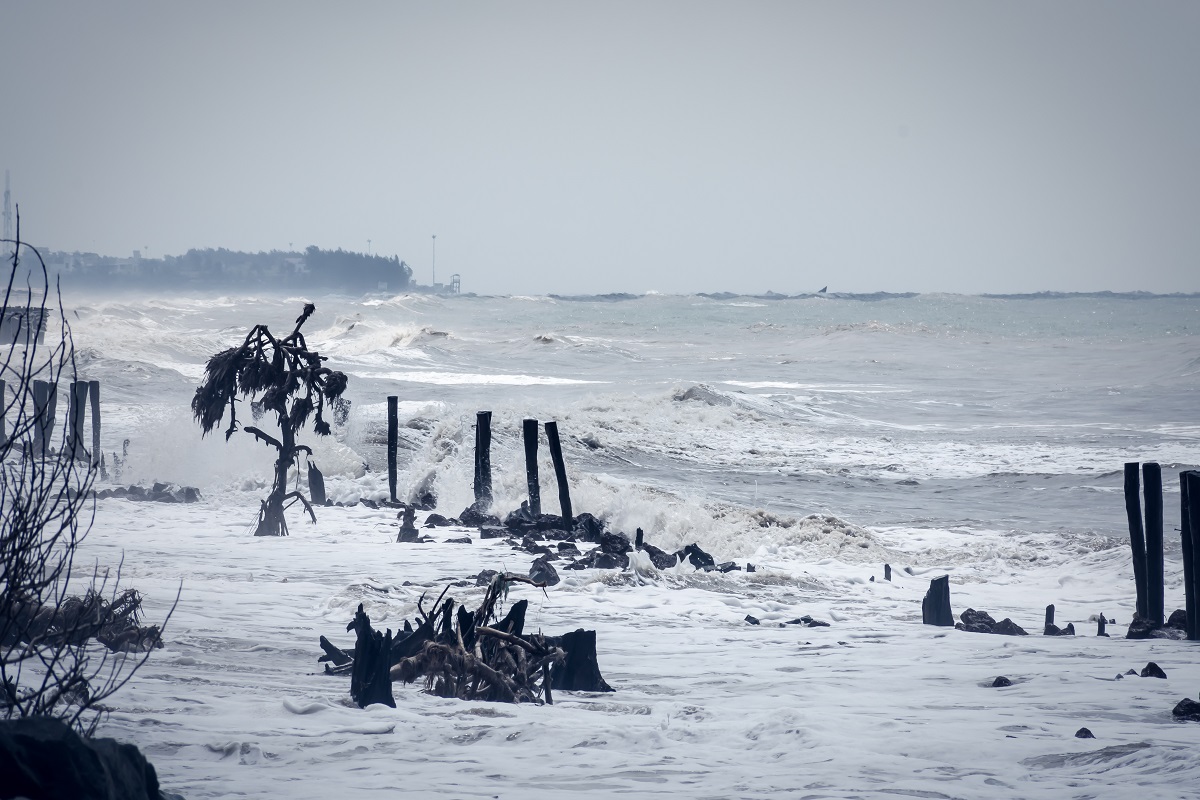Climate change responsible for 19 pc of rising dengue cases: Study
Amid record year for dengue infections globally, a new study has found that climate change is responsible for 19 per cent of rising dengue burden.
The modern era is plagued by rising temperatures, increasing natural disasters, changing weather patterns and blazing forest fires, impacting lives and livelihoods across the globe

Representational image (Photo: IStock)
Extreme weather events, forest fires and the increasing frequency of natural disasters due to climate change can be mitigated by conserving the salt water-loving tropical mangrove ecosystems. They have a high potential of “blue carbon” sequestration as well as serving as a bio-shield against cyclones and storm surges.
The world is currently battling climate change. The modern era is plagued by rising temperatures, increasing natural disasters, changing weather patterns and blazing forest fires, impacting lives and livelihoods across the globe. All these disaster events are related to climate change. Scientific evidence indicates that there has been a 45 per cent increase in the global carbon dioxide (CO2) concentration between 1700 and 2015. CO2 is the major contributor to climate change. The focus of the present century is to capture this unwanted gas from the atmosphere to halt global warming trends.
Mangrove plantations can ‘lock’ carbon within their green plants. Unlike rain forests or other diverse tropical ecosystems, the saline coastal wetlands have a large capacity to capture carbon. The mangroves and sea grasses trapped in the body, biomass, soil or sediment of coastal wetlands are termed ‘blue carbon’. Because this ‘carbon capture’ is facilitated by coastal saline wetlands and marine ecosystems, the term ‘blue carbon’ is used by scientists. Scientific literature indicates that mangroves, a special type of plant group adapted to survive in saline coastal wetlands, can trap 1,023 megagrams of carbon per hectare. This is higher carbon capture than any other terrestrial ecosystem.
Advertisement
In recent years there has been an exponential rise in development activities along the coasts. The problem is particularly acute because of population increases along the globe’s coastal regions. Coastal regions account for 4 per cent of the world’s total land area but are the home to one third of the world’s population. This development and population increase have resulted in a 30-50 per cent decrease of mangrove cover across the globe over the last half-century. Rampant land conversion, overexploitation of resources, aquaculture, large scale fishing and tourism activities account for this sharp decrease in mangroves.
Mangroves render a multitude of ecological services; foremost amongst these is mitigation of disaster impacts on the coastline. Areas having mangrove bio-shields saved millions of lives from a super cyclone in eastern India during October 1999. Sundarban mangrove reserve forests fringing the Bay of Bengal saved extensive areas of the Ganges-BrahmaputraMeghna delta during the 2004 tsunami, demonstrating the disaster mitigation services rendered by these saltloving plants. In the current scenario of climate change-influenced sea level rise, these forests are nature’s major bulwark to save the coastal regions.
The Food and Agriculture Organization of the United Nations reports that there are 170,756 square kilometers of mangroves spread over 112 countries. Indonesia has the highest mangrove cover in terms of area but India-Bangladesh’s Sunderban region has the world’s largest contiguous mangrove forest, spread over 10,000 square kilometers. In spite of conservation initiatives taken by the government to protect this mangrove treasure, the Sundarban region has to bear the brunt of pollution, land conversion, exploitive fishing activities and tiger poaching that directly impact the mangrove ecosystem.
Salinity rise in the delta due to the intrusion of salt water from the sea is another reason behind the reduction of mangrove biodiversity in the Indian parts of the Sundarbans. Scientific studies have revealed that saline intrusion excludes many saltsensitive mangrove species, which is alarming news for mangrove conservationists.
With the ever-growing threats of climate change, extreme weather events now affect millions across the globe. Given the capacity of mangroves to sequester large amounts of CO2 and to protect the coastline from sea level rise, mangrove conservation seems crucial. Developmental activities should be strictly regulated in the mangrove forest areas to conserve the ecosystem. Recreational visits should also be in ‘responsible tourism’ models, keeping in mind the fragility of the mangrove ecosystem. Proper governance, strict rules and awareness campaigns can be effective tools in protecting mangroves across the globe.
The writers are, respectively, Assistant professor and Dean of the Jindal School of Environment and Sustainability, Sonipat, Haryana, India.
Advertisement